Heel-To-Toe Offset And Stack Height Of Running Shoes Explained
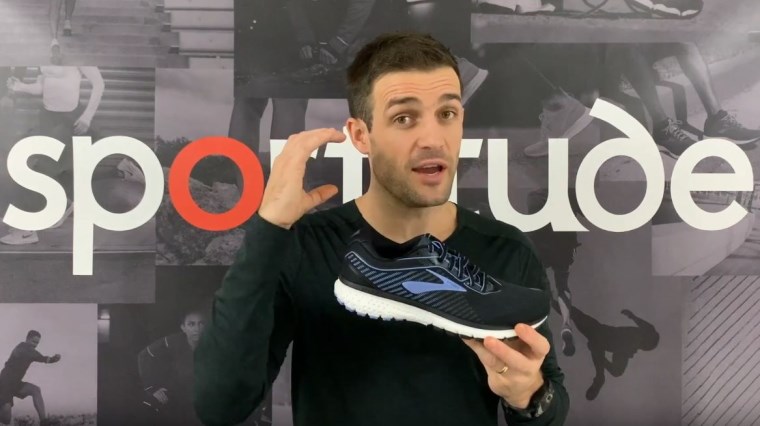
“When a brand is manufacturing a shoe, they've got comfort in mind. When you've got a runner who's comfortable, that will lead to more confidence, that leads to better performance.”
Sportitude’s in-house running shoe expert Josh Willoughby answers your questions on the difference between heel-to-toe offset and stack height to guide you in your decision making for your next shoe selection based on your runner profile and whether you’re seeking a daily trainer, tempo or race day shoe.
A must-watch for road warriors of all skill levels, Josh runs through examples of different running shoe brands, shoes and categories to demystify the often confusing running shoe terminology and highlight the reasons why the running shoe market is so varied in terms of the elevation from toe to heel and the amount of shoe stacked beneath your feet.
Catch Josh’s explanation and our summary below.
What Is An Offset?
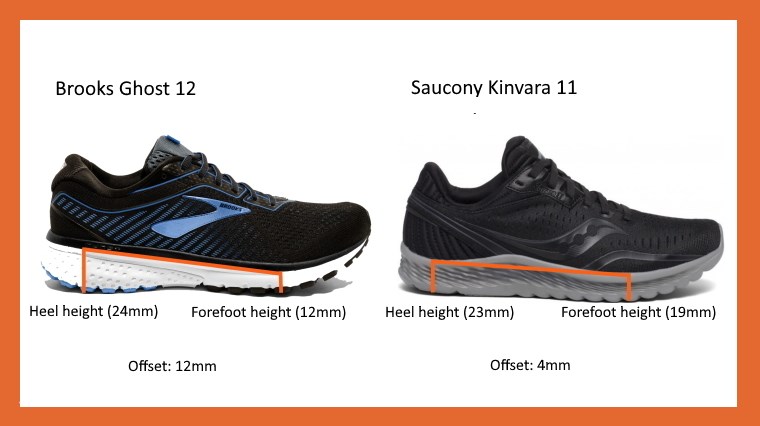
Offset, heel-to-toe drop or heel-to-toe gradient is the terminology running shoe brands use to describe the variance between the height or thickness of materials in the heel component of the shoe and the forefoot component of the shoe.
The offset is measured in mm. By subtracting the forefoot height from the heel height, we can work out the heel-to-toe offset – the elevation of the heel in comparison to the forefoot.
You can visualise the offset in terms of a ramp running beneath your foot from heel-to-toe, with the heel at the highest point and forefoot at the lowest point. The offset itself determines the degree or severity of this ‘ramp angle’.
What Is A Stack Height?
The stack height is the measurement of foam at its thickest, maximum point on the platform of the shoe underneath your foot. Usually this will be measured at the heel.
The stack height determines how close your foot is to the ground and the amount of cushioning that can be packed between your foot and the pavement for shock dampening.
Depending on the stack height of the shoe, a lower offset shoe doesn’t necessarily mean you’ll be at a loss for cushioning or have a close-to-ground feel, which we’ll discuss in more detail below.
Runner Profile

Multiple components add up to the whole picture of your ‘runner profile’, or the target audience of the shoe from the brand’s perspective. Having factors such as foot strike and runner type in mind will influence the direction the brand takes in terms of heel-to-toe offset and stack height when engineering a new shoe.
Foot Strike
Most runners are heel strikers – meaning the first point of contact with the ground is at the back half of the heel. Conventional running shoes are usually designed with heel striker-friendly engineering first and foremost to tick the boxes of most runners, without compromising on the compatibility of the shoe for midfoot or forefoot runners.
Rather than jumping on the debate of whether heel, midfoot or forefoot striking is better, we believe it’s all about the comfort and what feels natural to you as a runner.
Type Of Runner
From the everyday athlete to seasoned marathoner, the type of runner you are may influence whether you require max cushioned shoes, tempo/interval running shoes or race day shoes. Although there is a potential for overlap of offsets between these categories, it’s important to get fitted with the right shoe for the right job.
Having more than one running shoe in your rotation is recommended, not only to extend the lifespan of your running shoes but to cater to different running workouts - whether your goal is more speed, distance or recreational running and daily fitness.
4mm Offset: Saucony Kinvara 11 & New Balance Fresh Foam More v2
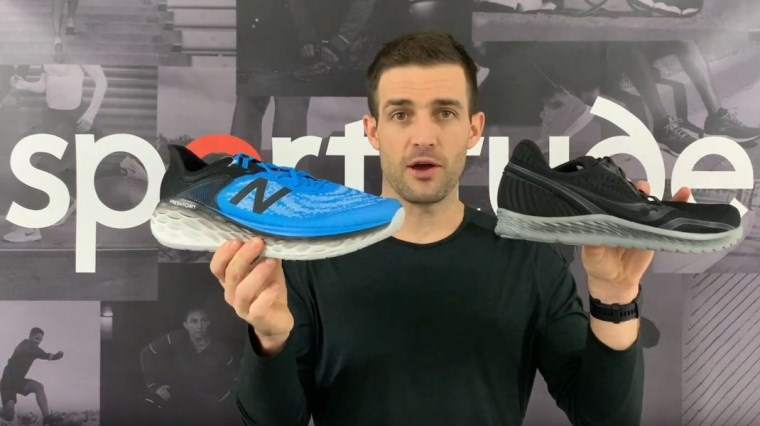
A 4mm offset caters to runners that prefer a more ‘natural’ slope inside the shoe from heel-to-toe, keeping more in line with your natural biomechanics. In the case of the fast and lightweight Saucony Kinvara 11, the 4mm offset is paired with a close-to-ground profile for proprioceptive feel with an element of cushioning.
The max cushioned New Balance Fresh Foam More v2 puts a twist on the 4mm offset by coupling it with dramatically higher platform or stack height. It packs a more padded and protected feel between your feet and the pavement while still offering a ‘natural’ running position.
It all comes down to your runner profile and what you want out of your shoe – a more intuitive road feel to stay light and fast on your feet during tempo runs, or a max cushioned running shoe to clock up high mileage without fatigue setting in.
6mm Offset: On Cloudflow
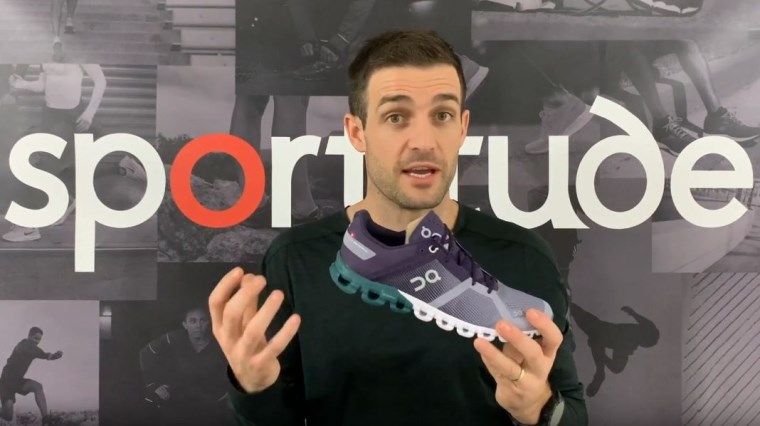
Not many brands provide a 6mm offset shoe, but On Running have made a superb crack at it by pairing the 6mm offset with their proprietary technology, CloudTec pods.
The difference between a 4mm offset and 6mm offset may sound minor, but when brands trial a new design concept they must ensure the offset/stack height are compatible with the engineering of the shoe.
For the On Cloudflow, the 6mm offset works. CloudTec elements compress horizontally, providing firmer shock absorption on contact and transfer that impact energy into propulsion and snappy toe-off.
The Cloudflow couples a relatively low stack height and 6mm offset with harder-wearing rubber underneath the heel. Even though it doesn’t offer an ultra-plush feel at this high-wear zone, it still caters to heel strikers in need of durability and protection.
Midfoot runners generally hit the ground with a bent knee - offering natural shock absorption that puts less vertical force through the body, and therefore causes less wear on the shoe on impact. With this in mind, On have left the midfoot pods exposed.
8mm Offset: New Balance Fresh Foam 1080v10
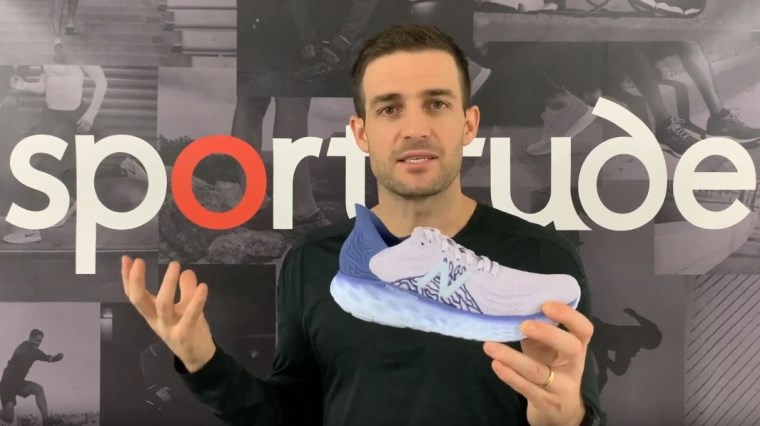
An 8mm offset can be ideal for runners that gravitate towards a max cushioned shoe yet still enjoy a closer connection with the road and potentially a lighter ride. The 8mm heel-to-toe gradient still packs in plenty of protection to work with your natural running gait, without stacking too thick a platform between foot and your running surface.
The popular New Balance Fresh Foam 1080v10 flew off the shelves in the first half of 2020 due to the effortless and lightweight run it provides for heel, midfoot and forefoot runners. Harder-wearing rubber at the back of the heel reinforces this high-impact zone and it is free of support technologies, catering for neutral and supinated (under pronated) foot types.
10mm Offset: Asics Gel Kayano 26 & Asics Gel Tartheredge
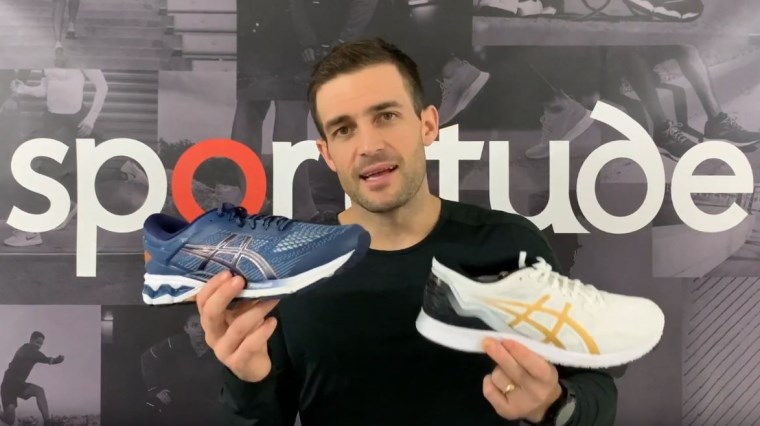
Comparing the high mileage stability Asics Gel Kayano family with a fast racing shoe like the Asics Gel Tartheredge highlights that a specific offset can be effective in multiple shoe categories when paired with suitable engineering.
Being on a 10mm offset, the Asics Gel Tartheredge stands out from traditional racing shoes that have a 6mm to 8mm drop. Asics are filling a void in the market – catering to athletes that need a lightweight shoe for race day, but as heel strikers require additional protection underneath the rearfoot.
Forefoot and midfoot runners can also benefit from lacing up in a more generous heel-to-toe offset for race day. Having an elevated heel reduces the travel time between midstance phase and engaging your plantar fascia (the ligament connecting your heel and forefoot), allowing you to generate propulsion more effortlessly and efficiently.
12mm Offset: Brooks Ghost 12
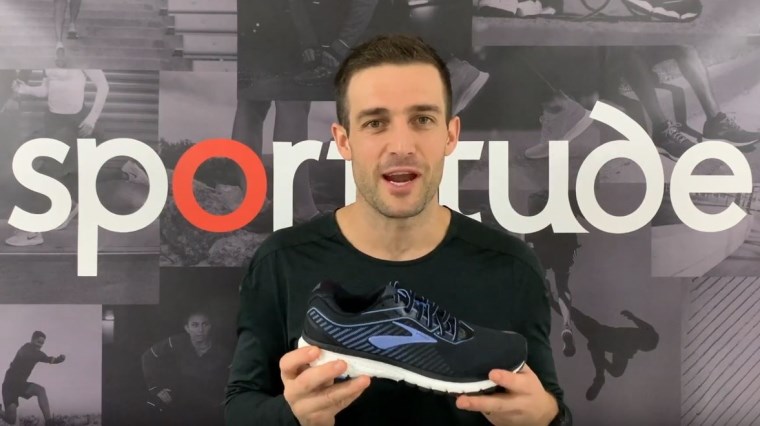
A 12mm offset has been traditionally used for cushioned running shoes across all brands and Brooks have carried it over from one generation of the Brooks Ghost to the next.
If you don’t have experience running in a high offset shoes, you’ll feel a significant difference in the static position of your foot and when you put foot to pavement with the elevated heel. The higher stack height of the Brooks Ghost 12 has been popular with heel strikers, midfoot strikers and even our forefoot runner staff members at Sportitude – with the heel elevation delivering comfort across the board for high mileage runners.
Most running shoes do offer that element of versatility to cater to a variety of foot strikes and of course, your comfort should always be the deciding factor.
The Wrap Up
Variations in offset can change the angle or slope of your foot inside the shoe – engaging your ligaments, muscles and tendons in different ways and placing them under different loads.
Alike with any change to your running routine, it’s recommended that if you choose to transition between high and low offset shoes (or visa versa) that you do so gradually, particularly if the variance between your old shoes and new shoes is more than 4mm.
Whether you’re a heel striker, midfoot striker or forefoot runner, you want to ensure your running shoes work for you – keeping you comfortable and confident every time you lace up and hit the road.
Subscribe to the Sportitude YouTube channel so you never miss out on the latest RunTV episodes, shoe reviews and other practicals tips for runners.
